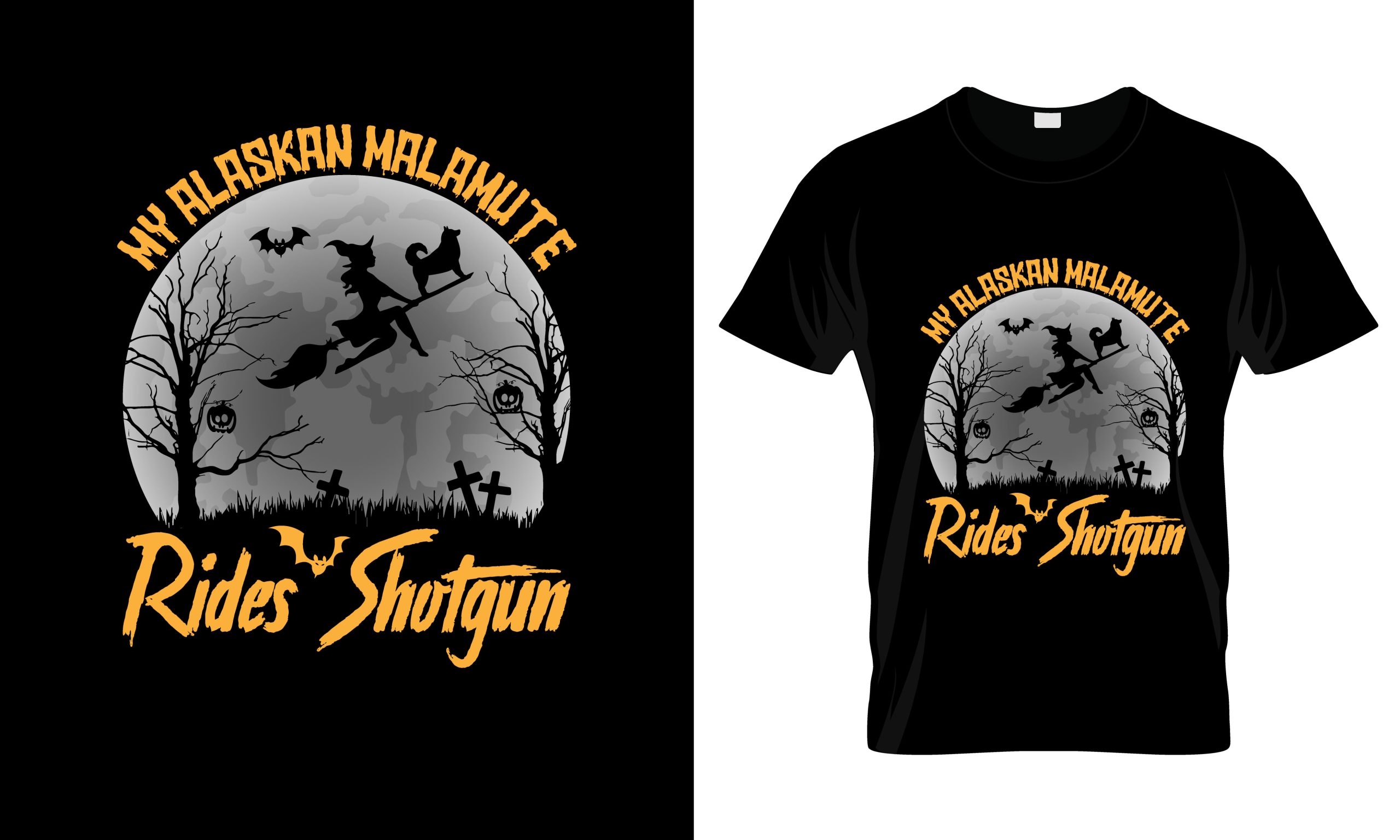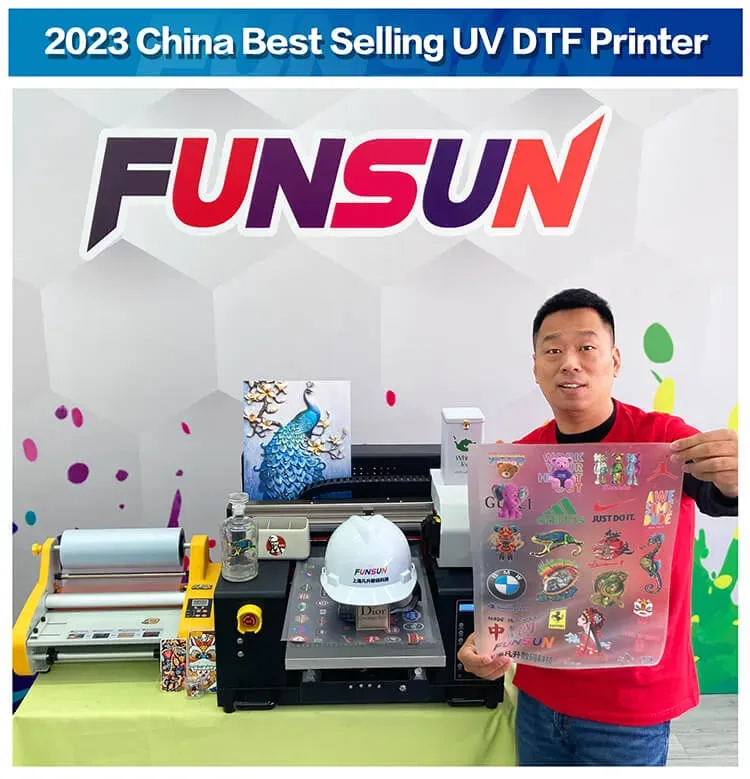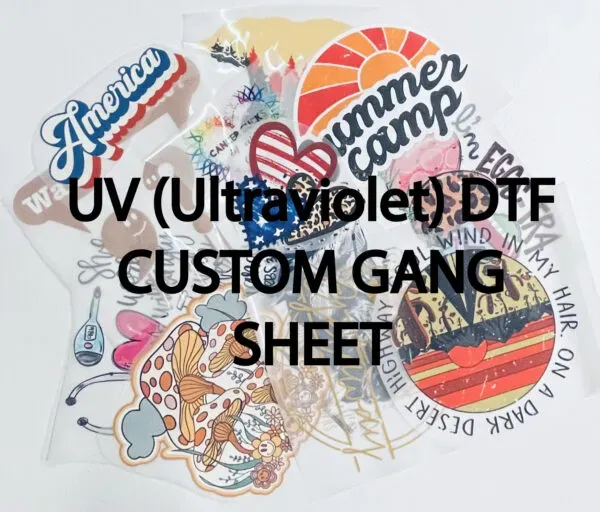UV DTF Printing: Comprehensive Step-by-Step Guide
UV DTF printing is at the forefront of the modern printing revolution, combining innovative UV curing technology with the Direct to Film (DTF) printing process. This cutting-edge technique allows for the creation of stunning, high-quality images on a wide variety of substrates, making it an ideal choice for customized printing solutions. Businesses are particularly drawn to the vibrant colors and enhanced durability that come with UV DTF, meeting the demands of today’s market for eye-catching designs. Furthermore, the quick turnaround times and lower setup costs make this technology a game-changer in the printing industry. As UV DTF printing continues to evolve, its impact on various sectors, including fashion and promotional goods, is set to expand even further.
Known also as Ultraviolet Direct to Film printing, this advanced printing method merges the efficiency of inkjet technology with the benefits of UV curing, enhancing the durability and vibrancy of printed materials. By utilizing specialized films, this approach allows for seamless transfer of intricate designs onto a range of surfaces, representing a leap forward in digital printing capabilities. Many industries are turning to this versatile solution, which not only supports creativity but also addresses the increasing consumer demand for personalized products. The embrace of such innovative printing technologies is reshaping how businesses approach branding and product design, making it essential for any company looking to stand out in a competitive landscape.
The Advantages of UV DTF Printing Over Traditional Methods
UV DTF printing presents a compelling alternative to traditional printing methods by delivering superior image quality and durability. One primary advantage lies in its ability to print on a wide array of substrates, including fabrics, metals, and plastics, without compromising on vibrancy. Unlike traditional screen printing, which often requires specific materials and extensive setup, UV DTF directly prints onto specially coated films, dramatically reducing production time and increasing efficiency.
Another significant benefit of UV DTF printing is its environmentally friendly approach, utilizing UV-curable inks that emit fewer volatile organic compounds (VOCs). This is increasingly important in an era where businesses are striving to adopt sustainable practices. The reduced need for multiple layers of ink and fewer chemical treatments not only streamlines the printing process, but also contributes to a cleaner operational environment.
Understanding the UV DTF Process: A Detailed Breakdown
The UV DTF printing process begins with the preparation of specially coated films designed to hold UV inks effectively. This preparation is crucial, as any contamination on the film may lead to poor adhesion and compromised print quality. The precise handling and cleaning of the film ensure that the image produced will be sharp and true to the original design.
Following the preparation, the printing phase employs a UV printer that applies inks and immediately cures them with ultraviolet light. This element of the process is pivotal as it not only enhances the color saturation but also prevents smudging, which can drastically impact the final product’s appearance and marketability. The interaction between the UV inks and the film plays a critical role in achieving high-quality prints.
The Role of UV Curing Technology in UV DTF Printing
UV curing technology is a transformative element in the UV DTF printing process, providing immediate hardening of inks. By utilizing ultraviolet light, this technology accelerates the drying process, allowing for faster production times and minimizing the risk of ink-related damages. Whether creating intricate designs for promotional materials or vibrant graphics for textiles, UV curing plays a critical role in ensuring that each print withstands the rigors of use.
Additionally, the robustness of the cured inks ensures resistance to common challenges such as fading, scratching, and moisture. This durability means that products created through UV DTF printing are not only visually appealing but also can endure the test of time, making them suitable for various applications, from fashion items to industrial components.
The Customization Potential of UV DTF Printing Solutions
One of the standout features of UV DTF printing is its ability to produce highly customized printing solutions tailored to individual needs. Businesses can leverage this technology to create unique designs that cater directly to consumer preferences, which is increasingly vital in today’s market. With the capability of printing complex graphics and vibrant colors, UV DTF opens up opportunities for personalized merchandise, allowing brands to stand out.
Furthermore, customization is not limited to just the design aspect; the UV DTF process can accommodate various materials and sizes. Whether a company needs a single unique piece or a batch of custom colors for branding purposes, the flexibility inherent in UV DTF printing meets those demands effectively. This versatility enhances competitiveness by enabling businesses to respond quickly to market trends and consumer interests.
Recent Innovations in UV DTF Technology
The UV DTF printing landscape has witnessed substantial innovations recently, especially in terms of ink formulation and curing technology. Developments have led to the creation of more vibrant inks that expand the color gamut, allowing for more intricate designs and a broader spectrum of available printing options. These innovative inks not only enhance print quality but also improve the adhesion properties, further solidifying the reliability of the prints produced.
In addition to ink advancements, recent improvements in curing capabilities have also optimally adjusted exposure settings based on substrate types. Businesses can now achieve better curing results for varying materials through these technological enhancements. As manufacturers optimize their printing processes, they can provide more cost-effective and rapid solutions, thus attracting a larger clientele.
Industry Applications of UV DTF Printing
The versatility of UV DTF printing has enabled its adoption across diverse industries, from fashion to tech and promotional goods. In the fashion sector, brands leverage UV DTF printing to create customized apparel and accessories that reflect individual styles and trends, enhancing consumer engagement. Similarly, electronics manufacturers benefit from this technology by producing vibrant graphics on product casings, ensuring both aesthetic appeal and brand identity.
Moreover, the promotional products industry thrives on the capabilities of UV DTF printing, where customization and quality play pivotal roles. With the capability to produce detailed images on different materials, businesses can craft dynamic promotional items that resonate with their target audience. By utilizing UV DTF printing, companies can expand their product offerings, meet diverse consumer needs, and ultimately drive sales.
Frequently Asked Questions
What is UV DTF printing and how does it differ from traditional printing methods?
UV DTF printing, or Ultraviolet Direct to Film printing, stands out from traditional methods by combining the Direct to Film process with UV curing technology. Unlike conventional methods that may rely on solvent or eco-solvent inks, UV DTF uses UV-curable inks that dry instantly under UV light, resulting in vibrant colors and increased durability on various substrates.
How does the UV DTF process ensure high-quality image output?
The UV DTF process ensures high-quality image output through a meticulous step-by-step procedure. This includes preparing the film for adhesion, printing with UV-curable inks that are immediately cured by UV light, and finally heat transferring the image onto the substrate. These stages minimize smudging and enhance color vibrancy, leading to superior print results.
What substrates can be used with UV DTF printing technology?
UV DTF printing technology is highly versatile and can be used on a variety of substrates such as textiles, plastics, metals, and wood. This adaptability allows businesses to offer a wide range of customized printing solutions, catering to diverse consumer demands across multiple industries.
What advantages does UV curing technology offer in UV DTF printing?
UV curing technology in UV DTF printing offers several advantages, including rapid drying times, which reduce the risk of smudging, and increased durability of prints. The cured inks are resistant to scratching and fading, making them ideal for both promotional items and apparel that require longevity.
Can businesses customize designs with UV DTF printing?
Yes, the UV DTF printing process allows for high levels of customization. Businesses can create unique designs tailored to specific consumer preferences, thanks to the flexibility of printing on various materials and the ability to produce vibrant, detailed images.
What are the recent developments in UV DTF printing technology?
Recent developments in UV DTF printing technology have focused on enhancing curing capabilities and expanding the color range of inks. Innovations in this area are making UV DTF processes faster, more cost-effective, and appealing for small orders, allowing businesses to better meet modern market demands and consumer preferences.
| Key Process | Description |
|---|---|
| Preparation of the Film | Cleaning and coating the special film to ensure good ink adhesion. |
| Image Transfer | Printing the image onto the film with UV-curable inks and curing it instantly under UV light. |
| Curing Process | Subjecting the printed film to UV light to harden the inks for durability. |
| Heat Transfer | Applying the film to a substrate using heat to ensure strong bonding of inks. |
| Post-processing | Removing leftover film and applying coatings for increased durability. |
Summary
UV DTF printing technology represents a remarkable evolution in the printing landscape, merging efficiency with unparalleled quality. By utilizing advanced UV-curable inks and a meticulous step-by-step process, this method ensures that businesses can produce stunning and long-lasting prints on a variety of materials. The comprehensive process includes preparation, image printing, curing, heat transfer, and a thoughtful post-processing phase that collectively enhance the durability and vibrancy of the final product. As a result, UV DTF printing not only meets but exceeds the growing demand for high-quality, customized items across various industries, paving the way for innovative applications and sustained competitive advantages in the market.







